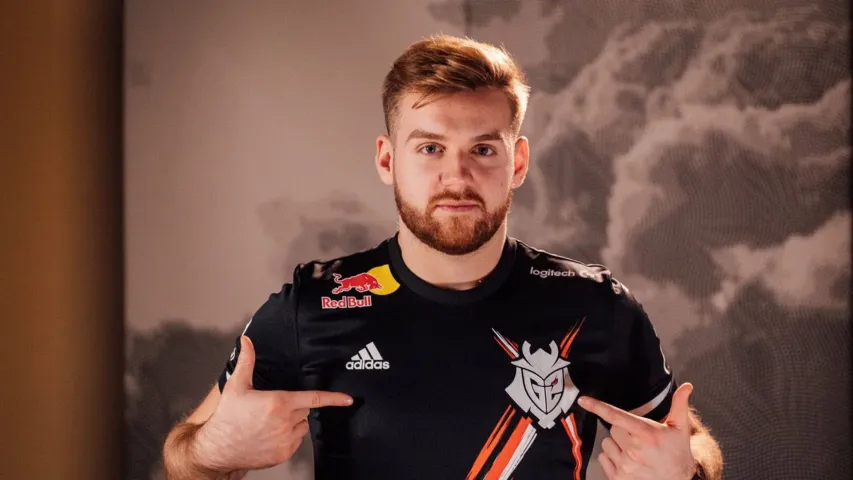Burtowy Insights
Your source for the latest news and insights.
The IGL's Playbook: Crafting Victory in CS2 One Call at a Time
Unlock your team's potential in CS2! Discover winning strategies and game-changing calls in The IGL's Playbook for ultimate success.
Mastering the Art of In-Game Leadership in CS2: Key Strategies for Success
In the competitive world of CS2, mastering the art of in-game leadership can significantly influence your team's success. A great leader not only strategizes but also inspires and motivates their teammates. To begin with, it’s essential to establish clear communication channels. Use your microphone effectively to coordinate tactics and call out enemy positions. Remember, effective leaders listen as much as they speak; be open to suggestions from your teammates. Implementing a solid eco-round strategy can also show your leadership by helping your team understand their roles, whether it’s saving for a full buy or executing an aggressive play on the next round.
Another crucial aspect of being an effective in-game leader is the ability to analyze the game continuously. During each match, keep an eye on the enemy's movements and adapt your strategies accordingly. Utilize tools and strategies such as team rotations and grenade placements, and be prepared to call for a tactical pause if needed. It’s also important to maintain a positive environment, as this boosts morale and enhances performance. Implementing simple techniques like encouragement and constructive feedback not only strengthens team cohesion but also sharpens your leadership skills, driving your team towards victory.

Counter-Strike is a highly popular tactical first-person shooter that has captivated millions of players around the world. Known for its competitive gameplay and teamwork, players take on the roles of terrorists and counter-terrorists in various objective-based game modes. For those looking to optimize their gameplay, exploring elige settings can provide insights into effective configurations that can enhance performance.
Top Communication Techniques Every IGL Should Know in Counter-Strike 2
In Counter-Strike 2, effective communication is paramount, especially for an in-game leader (IGL). One of the most crucial communication techniques is utilizing concise callouts. Instead of lengthy explanations, IGLs should focus on clear and direct callouts that inform teammates of enemy positions, strategies, and player status. For example, using common names for locations, like 'A site,' 'B halls,' and 'Mid,' can save precious seconds during high-pressure situations. Incorporating numbers and markers into this communication can also facilitate quicker decision-making among team members.
Another essential technique involves maintaining a positive and motivating tone during gameplay. An IGL should strive to boost team morale through encouraging phrases and by celebrating small victories. For instance, acknowledging a teammate's successful play or reminding the team to stay focused can help maintain a strong mental state throughout the match. Additionally, practicing active listening ensures that all team members feel heard, fostering a collaborative environment where strategic adjustments can be discussed openly. This mutual respect and clear communication are vital elements for achieving team synergy in Counter-Strike 2.
How to Analyze Opponent Patterns: A Guide for Aspiring IGLs in CS2
Analyzing opponent patterns is a crucial skill for aspiring in-game leaders (IGLs) in CS2. To effectively study your opponents, start by gathering data from previous matches. Pay attention to their common strategies, player tendencies, and map preferences. Utilize tools like demo analyzers and match replay systems to break down gameplay and identify trends. For instance, if you notice that an opponent often favors aggressive pushes on Dust II, prepare counter-strategies that exploit this behavior. Keeping a record of enemy movements can provide insight into their playstyle, allowing your team to adapt and counter more effectively.
Once you have a solid understanding of your opponents' patterns, it's essential to share this information with your teammates. Organize your findings into a team briefing before the match. You can summarize key points using an ordered list:
- Define their primary strategies.
- Highlight key players and their roles.
- Note their preferred map control areas.